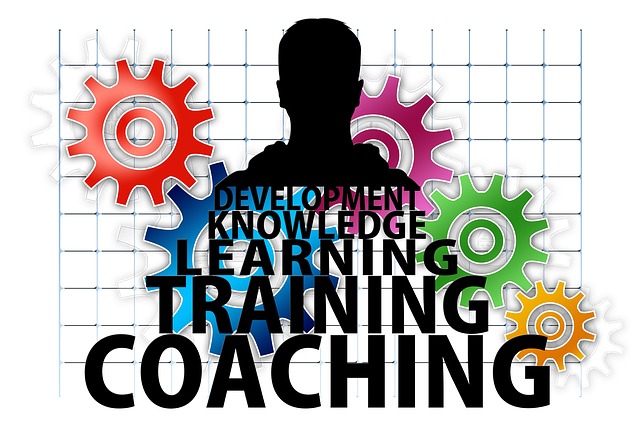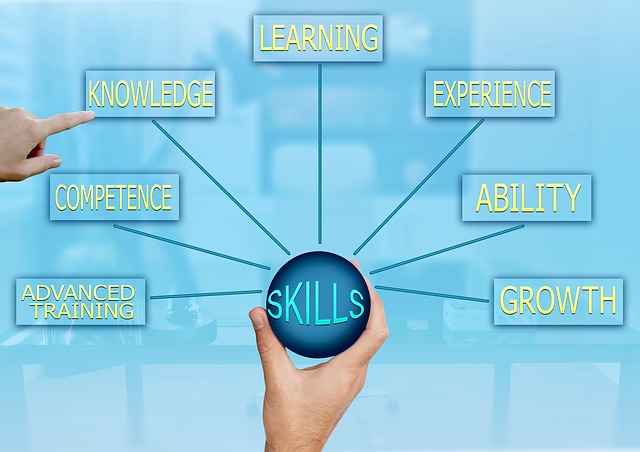Restlessness during meditation is experienced by everyone, even the advanced meditator. It is important to be with the moment and be non-judgmental with ourselves, avoiding the temptation to “beat up on ourselves”. So, part of dealing with restlessness during meditation is accepting what is and what is happening to us without self-censure.
Diana Winston, Director of Mindfulness Education at the Mindful Awareness Research Center (MARC), reminds us of the essence of mindfulness:
Paying attention to our present moment experiences with openness and curiosity and a willingness to be with what is.
Diana in a meditation podcast on restlessness as an obstacle to meditation offers four strategies to deal with this restlessness which can be experienced in our mind and manifested in our body in the form of tightness/tension or the need to keep changing our posture. These strategies require a consciousness about what is happening in our mind and/or body during meditation and a willingness “to be with what is”.
Strategies to handle restlessness during meditation
The strategies discussed by Diana incorporate a change in the focus of your meditation or a momentary change in your posture:
- Narrowed focused – you can narrow your focus so that you are concentrating even more closely on your breath. You can observe the beginning (in-breath), the middle (space between in-breath and out-breath) and the ending (out-breath). You could narrow your focus like the child in the image above who is totally absorbed in their play with a bucket at the beach. This response to restlessness entails stillness combined with a narrowed focus.
- Widened focus – an alternative to narrowing your focus during meditation is to do the opposite, widen the focus of your attention. One thing that you could focus on is the sounds that you hear, bringing your attention to listening. Your focus could shift from the sounds that are nearby to those that are the furthest away. Widening your focus entails changing your attention away from the mind’s relentless activity to what is happening aurally in the present moment.
- Focus on the restlessness – you can focus on the restlessness itself. This involves paying attention to what is going on in your mind and your body. You could name the mental restlessness by saying something like, “There you are again Mr. Restless drawing my attention away”. You could then get in touch with your body to feel the impact of the restless mind and to notice “how” and “where”the restlessness is being experienced in your body.
- Change of posture – this involves a slight change of posture to re-focus your mind. You may find, for example, that your shoulders have slumped slightly, so you could straighten them. You may have crossed your feet and no longer have the soles of your feet on the ground. Correcting your posture can bring you back to the present moment and what is the purpose of your meditation.
As we grow in mindfulness through the regular practice of meditation, we can more easily adopt strategies to deal with restlessness during meditation. Persistence with meditation practice brings its own rewards.
By Ron Passfield – Copyright (Creative Commons license, Attribution–Non Commercial–No Derivatives)
Image source: courtesy of dh_creative on Pixabay
Disclosure: If you purchase a product through this site, I may earn a commission which will help to pay for the site, the associated Meetup group and the resources to support the blog.










